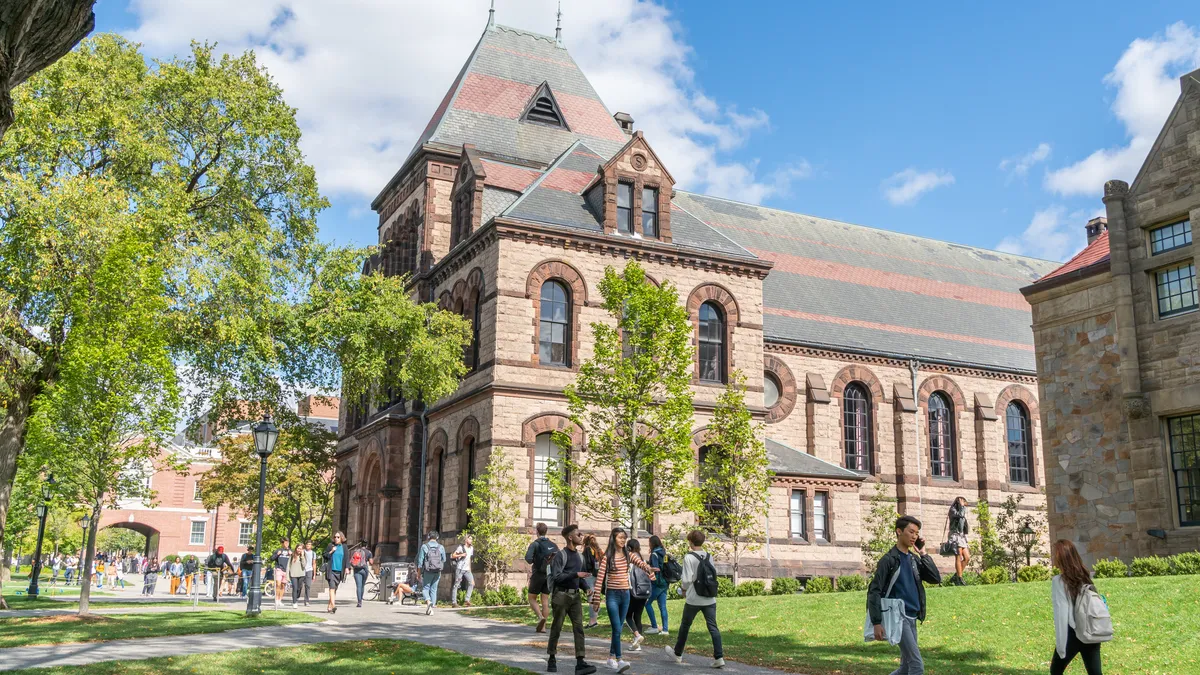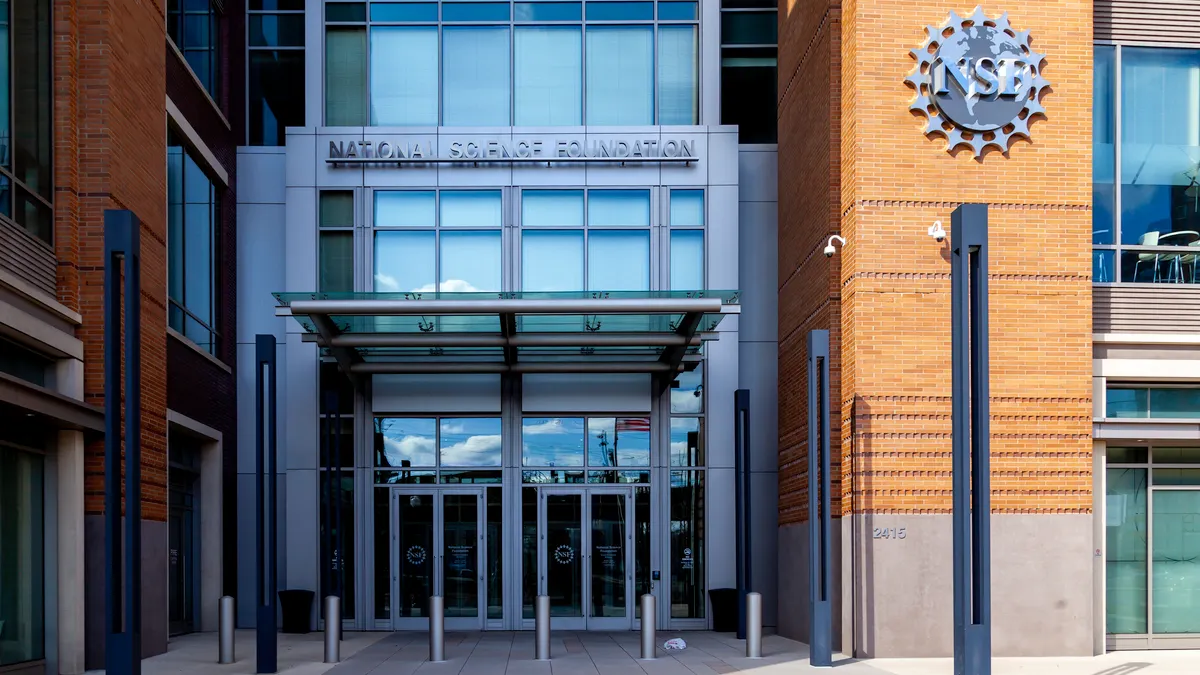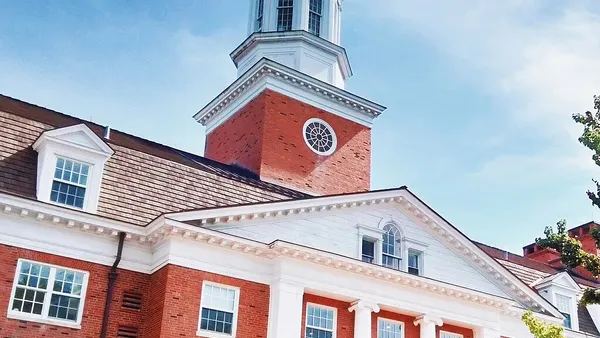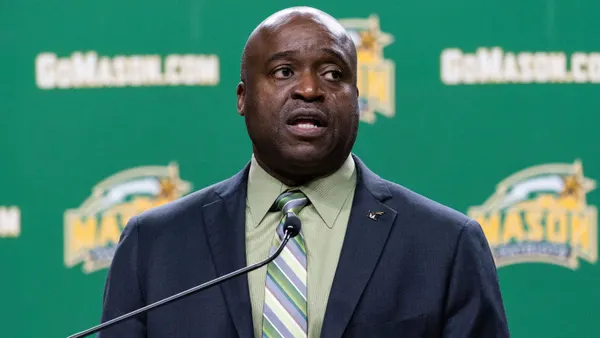Dive Brief:
- St. John's College, a private institution with two campuses that offers small classes with curriculum formed around what it calls "great books," plans to cut its published annual tuition by $17,000 and make up the lost revenue with a $300 million fundraising campaign.
- The college, with campuses in Annapolis, Maryland, and Santa Fe, New Mexico, will cut its published tuition price from $52,000 to $35,000 starting next fall, although officials estimate the cost to educate each student is about $60,000 annually.
- Some experts suggest tuition-cutting initiatives are simply marketing tools and either don't trim tuition fairly or don't raise sufficient funds. The college has seen tuition revenue decline as a percentage of their budget to 40% in 2017 from 70% in the past amid enrollment declines, Inside Higher Ed reported.
Dive Insight:
Institutions nationwide continue to struggle to attract college-age and adult students to in-person and online programs. Many small colleges such as St. John's have faced troubling enrollment declines and some have been forced to close. Analysts expect more of the same this academic year.
Some public and private institutions are gambling that they can boost enrollment by cutting tuition or by offering more financial aid to prospects who increasingly need assistance. Higher enrollment and more support from donors will bridge revenue gaps, they hope.
Oglethorpe University, a private liberal arts institution near Atlanta, announced last month that it will charge students from any state the tuition amount that a flagship institution in their home state charges, which ranges from about $18,500 in New Hampshire to about $5,500 in Wyoming. The program requires students have at least a 3.5 GPA and a minimum 1250 combined SAT score or a 26 composite ACT score.
A National Association of College and University Business Officers (NACUBO) report published in April showed that about half the revenue raised from tuition and fees from first-time freshmen attending private, nonprofit colleges in 2017-18 went to providing institutional financial aid — the highest level the group has recorded. The institutional discount rate for all undergraduates rose to about 44.8%, NACUBO reported, which was also a new high.










